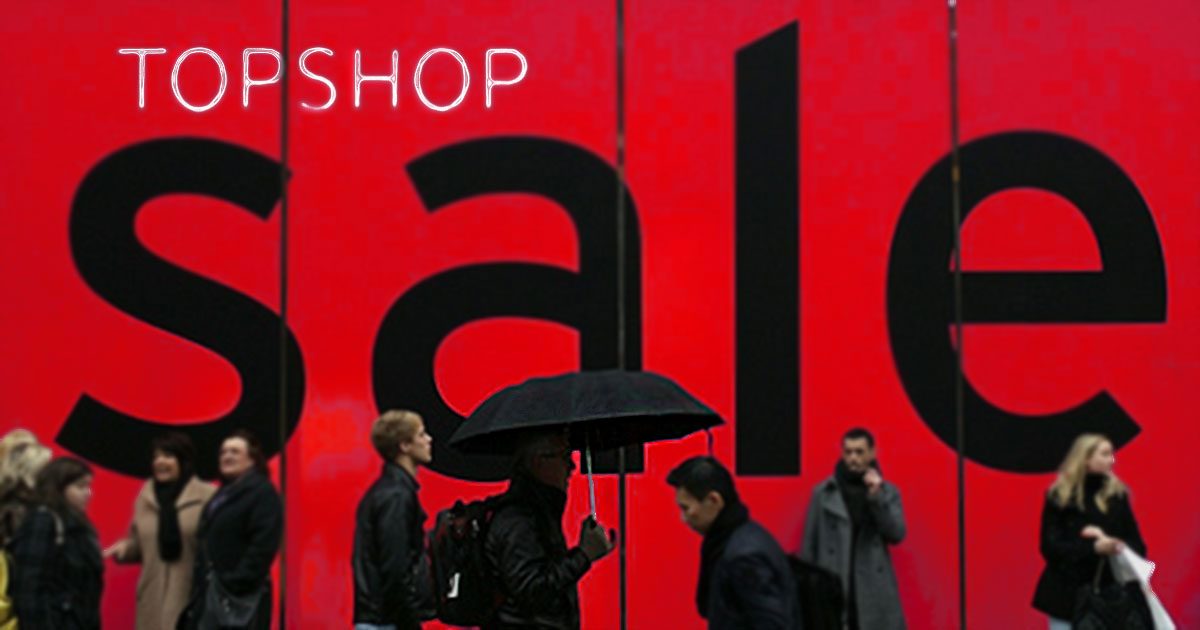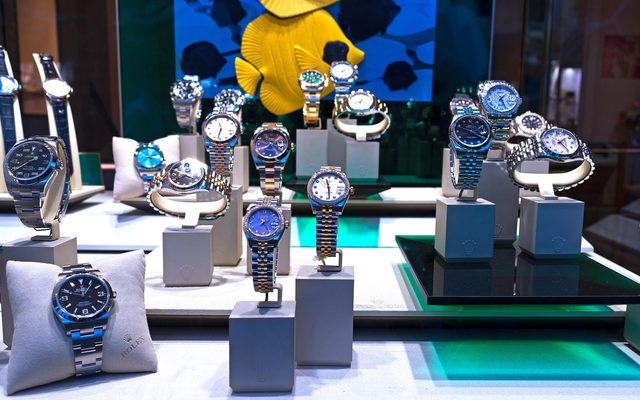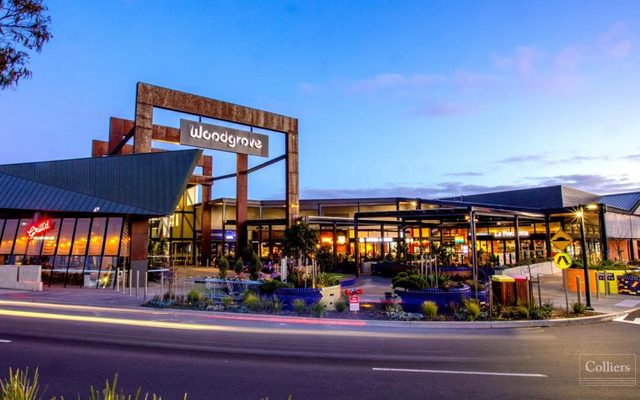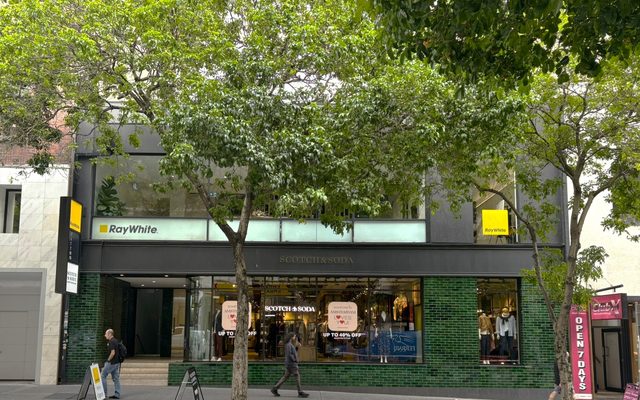This article is from the Australian Property Journal archive
AUSTRALIA’S challenging retail conditions have claimed its first global victim – Topshop Australia was placed into voluntary administration last night, a move which is set to rock the retail scene and could cause headaches for landlords.
Despite the backing of department store giant Myer, Austradia Pty Ltd, a company founded by retail king Hilton Seskin, has been placed in the hands of Ferrier Hodgson partners James Stewart, Jim Sarantinos, and Ryan Eagle, amid mounting debts.
Myer bought a 25% stake in Austradia in September 2015 for an undisclosed sum as part of a wider $600 million strategy to shake up its fashion offering and address the department store’s falling profits.
Although Myer did not disclose how much it paid, Australian Property Journal can reveal that Myer forked out $9.8 million for 25% stake. As at July 30 2016, the value of its investment had decreased to $9.2 million and as at January 28 2017, it declined further to $7.2 million and its stake diluted to 20%.
Australia’s tough retail environment has claimed many local scalps including Marcs, David Lawrence, Pumpkin Patch, Herringbone and Rhodes & Beckett, but Topshop is the first global retailer to fall.
Topshop was one of the first international pioneers into Australia, the UK fashion chain opened its first Australian store in 2011 in Melbourne’s Chapel St, paving the way for Spain’s Zara, Sweden’s H&M and Japan’s Uniqlo, the foursome displaced and caught unprepared local retailers by surprise.
Topshop and its brother label Topman operate nine stand-alone stores, 17 Myer concessions and an on-line business in Australia. The largest is the flagship 2,732 sqm store in Emporium, owned by Vicinity Centres.
The other stores include Highpoint, Jam Factory owned by Newmark Capital, Gowings Building at 49 Market St in Sydney, Westfield Chatswood, 160 Albert St Brisbane, 207 Murray St Perth and Rundle Mall in Adelaide, just to name a few.
Myer recently revealed that Topshop/Topman fell $3 million into the red. Topshop/Topman recorded annual sales of approximately $90 million.
Myer said in a statement, “Ferrier Hodgson will work with Myer and the UK-based franchisor Arcadia Group to deliver the best outcomes for customers and other stakeholders,”
Yesterday Ferrier Hodgson’s James Stewart said the company had considered its optimal operating structure and that the Austradia management team are working closely with the administrators to ensure the best possible outcome for the business. The 760 employees will continue to be paid.
“It will be business as usual as the administrators work closely with Arcadia Group (the UK owners of the Topshop/Topman brand) on supporting and right-sizing the Australian business to a sustainable platform going forward,” he said.
If Topshop does scale down its presence, it will cause a headache for landlords, because unlike local retailers, global retailers have been very demanding, shunning secondary locations and they only want prime positions. Furthermore, they pay less rent because of the brand association they bring to a centre and their ability to draw in shoppers.
In February this year, speaking at the 2017 Australian Property Institute & REIV State of Market Conference in Melbourne, Vicinity Centre boss Angus McNaughton said although global retailers do bring opportunities to shopping centres, however he revealed that accommodating these brands come at a cost for the landlord, somewhere between $20 million to $40 million.
“You cannot find 2,000 to 4,000 sqm in a shopping centre to put in one of these large international flagships.
“Just from our side of putting them in, it’s going to take a few thousand square metres. Then I’ve got to remove between 15 to 20 speciality retailers,”
McNaughton also said international brands are fussy, they do not want to be “at the back somewhere” within a shopping centre – they want the prime position.
“So we got to take 15 to 20 stores out and they pay less rent than what the specialty stores pay.
“Then we’ve got the capital cost of putting them in, and often there is an incentive involved,”
He estimates that it would cost a landlord somewhere between $20 to $40 million of capital value, when talking into account the rent loss from the specialty tenants and the capital cost.
Pundits will be scratching their heads to find out where Topshop went wrong because Topshop’s rival, H&M has gone from strength to strength.
H&M said in its annual report earlier this year that it is looking to ramp up its local presence because Australia is one of the top performing markets globally for the Swedish brand with the retailer chalking up $301.8 million in sales in the 12-month period to November, 78% higher than the previous year – compared to other international markets where sales grew modestly between 10 to 15%.
Australian Property Journal




